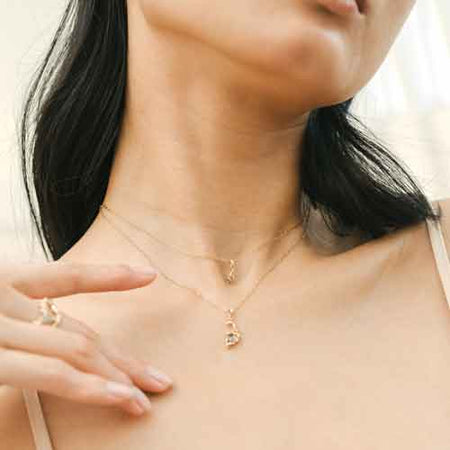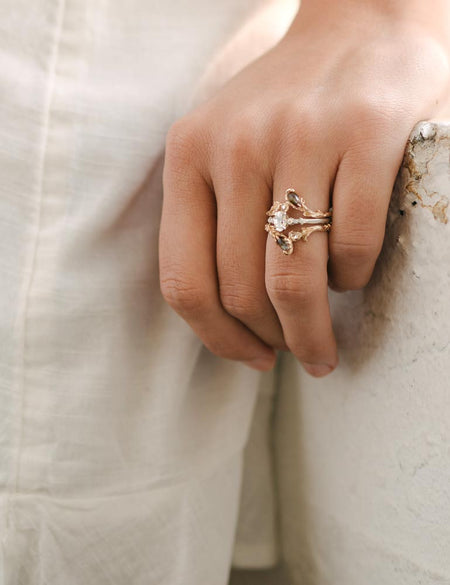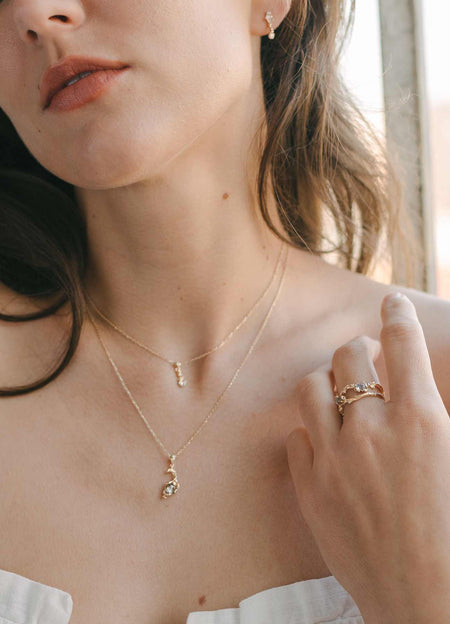November 03 2021 – Amy Fu

How it began
This was the ring that started it all. The spark of inspiration that eventually lead to the creation of Lorimer.
The skill and grace of traditional carved and engraved scroll work is something I have always loved and admired. I love the use of depth and layering that guide your eyes around the complex swirling designs and motifs. Unfortunately many modern, mass produced jewelry designs that feature scroll designs are simplified and flattened to ease the manufacturing process. I wanted to use a more sculptural approach with my designs inspired by baroque and rococo (in particular) scrollwork.
Every design begins with sketching the out the concept. Once I have a good idea of the key details and size, I transfer the design to wax ring blank. A lot of my design process actually occurs as I'm working with the piece so I often spend an exorbitant amount of time tooling and reworking the wax repeatedly until I'm satisfied with the results. Because I tend to be heavy handed, accidental breaks happen often due to the delicate nature of my designs and the brittleness of the (green wax). As I worked more and more in wax, I started mixing the different types of wax colors (indicating different proprieties) to help mitigate this issue. Having to constantly fix fissures and breaks was a time suck and could potentially destroy the entire piece if the break was bad enough.
Prototype 1 was my very first attempt at my vision. The key details can be seen in all 3 versions because I liked how the concept turned out, but execution was lacking. I found the 1st prototype to be too chunky and too busy. Wax is translucent and the thinner you carve it, the more translucent it looks. This causes the wax to appear to be thinner then it actually turns out when it's finally cast into metal. I loved the leaves that extended and surrounded the stone so I wanted to keep the general look but I had to scrap the entire piece and start over.
Prototype 2 looks almost identical to what it is now with the except of the left leaf, which was originally intended to be just a plain gold leaf. However the more I looked at it, the more it seemed like something was missing. I went through my hoard of gems and decided to re-carve the left leaf to accommodate a rose cut diamond. The rose cut labradorite had always been the intended focus of this piece and the rose cut diamond was a great simple and elegant balance for it. Other details were refined and the angle of the leaves were adjusted slightly. When the wax model is finally deemed satisfactory, it's sent off to the casters. The castings are then cleaned, textured, set and stamped by hand.
*I carved a pear shaped rose cut stone replica out of brass so that I it was easier to apply heat and carve around with metal tools. For harder stones that can take heat, I would normally just use the stones directly.

Tagged:





0 comments